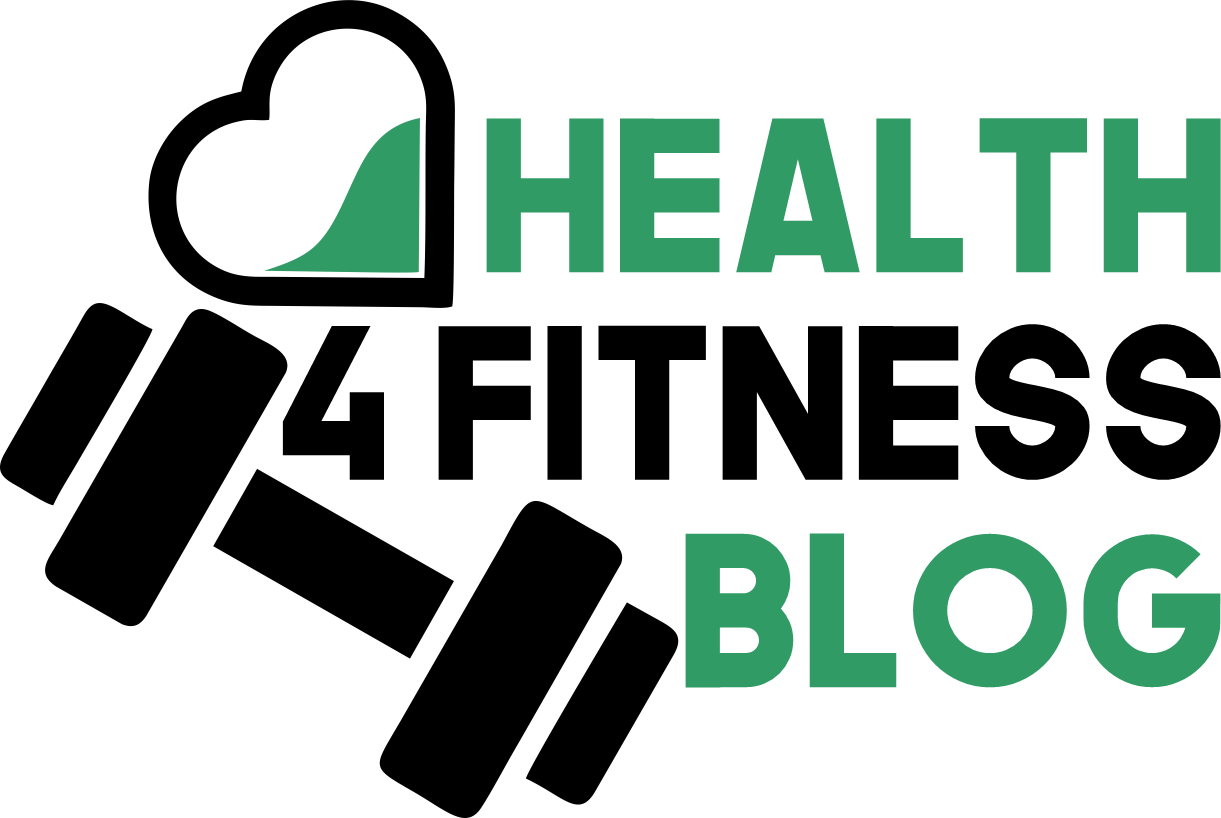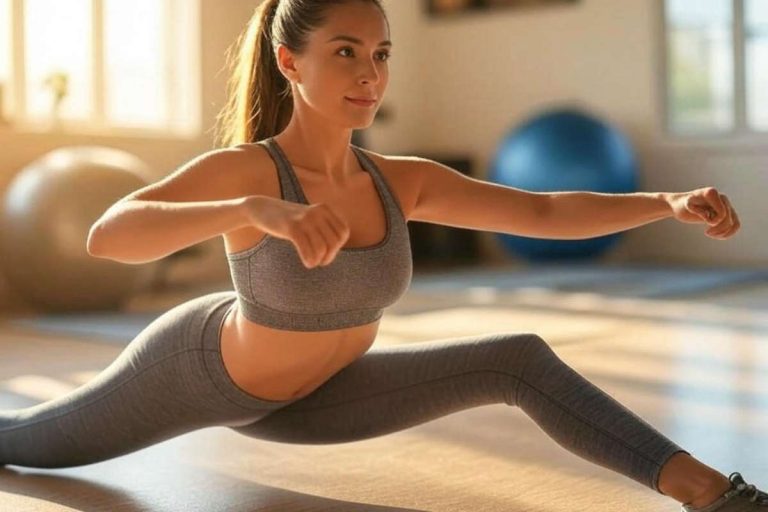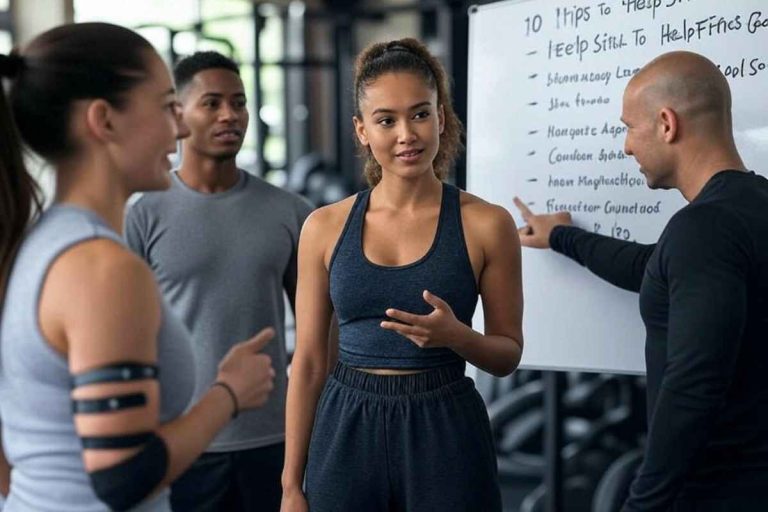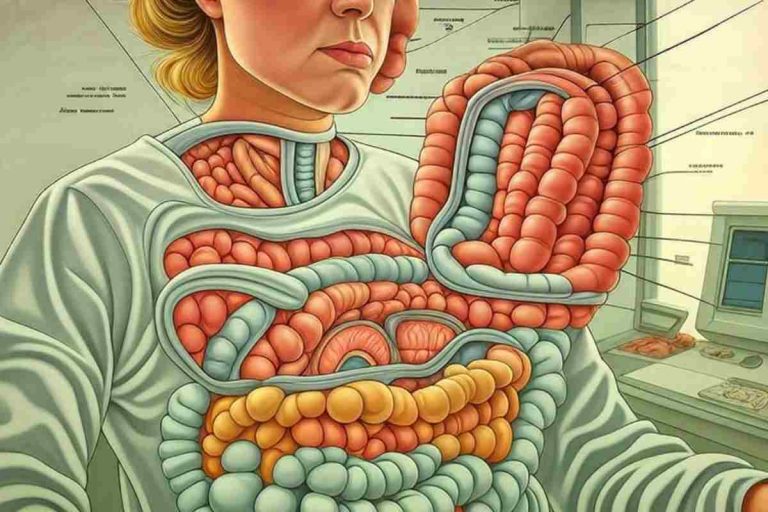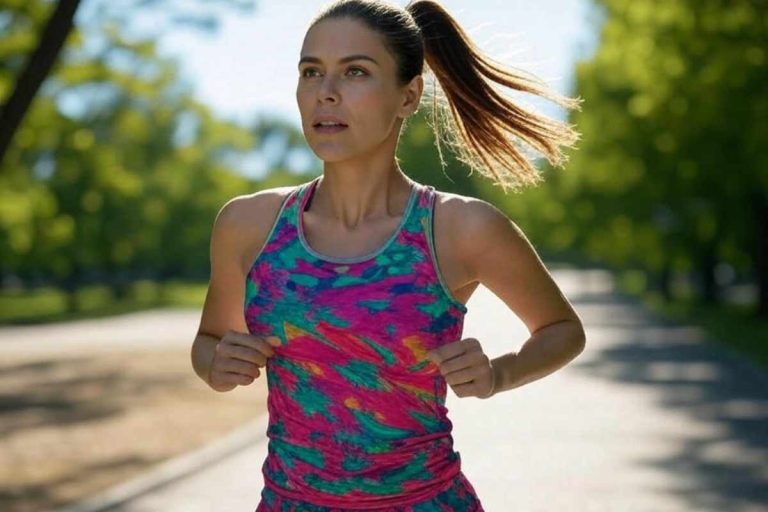Liposuction Pubic Area: Concerned about your pubic area fat? Massive weight loss, weight gain, or even genetics can play a role in the excess fat stored there. Both sexes can develop FUPA, but it is more common in women during pregnancy, massive weight loss, and aging. Here are ways to reduce fat in your pubic area.
About Fatty Upper Pubic area?
The Mons pubis, also known as the pubic region, FUPA(Fatty Upper Pubic area) or mons pubis, is the fatty tissue found over the pubic bone area.
The fat in this area can make a size that makes some people feel embarrassed and uncomfortable when wearing tight clothing such as underwear, bathing suits, tight dresses, etc.
FUPA Causes
There are several reasons why excess tissue can develop in this region. They include:
Weight: Weight changes can cause this area of tissue to overhang. So the more fat in this area or weight you gain, the more your skin will stretch, and deposits appear. Conversely, in patients with dramatic weight loss, residual fat may develop, and loose skin does not go away on its own.
Aging: As we age, our skin’s elasticity and ability to process fat decreases. Appearance of loose skin may appear.
Pregnancy: Childbirth brings the expected weight gain, but it can weaken the muscles around the lower abdomen and cause skin sagging. Besides, patients who have given birth by cesarean section also notice that the pubic skin tends to become more prominent.
Hormones: Estrogen can cause increased fat deposition on the mons pubis
Genetics: You can inherit from your parents the tendency to increase fat in the mons pubis.
Patients can find relief knowing that the liposuction technique will safely and permanently remove the appearance of FUPA. So the liposuction procedure involves making a small incision on each side of the pubic region.
A tiny cannula is inserted to remove excess fat cells from the pubic bone. Once the ideal amount of fat is removed, the stitches are closed with sutures. As a result, patients can expect a slimmer, more streamlined appearance.
What is a FUPA like?
If the accumulation of fatty tissue in the pelvic is essential, it can be very noticeable when you wear tight clothes, swimsuits, leggings or gym clothes. As a result, women and men can feel uncomfortable and even embarrassed at specific points in their social lives.
Just as people accumulate the amount of fat in the stomach, hips, legs or other areas, people tend to get fat in the pubic area, especially after gaining weight.
Small FUPA vs. Large FUPA
Left: There is a small amount of fat on the mons pubis. Right: small FUPA + lower abdominal correction by liposuction.
How To Get Rid Of FUPA
Good exercise and diet are the best ways to reduce excess skin. So one unique way to lose fat in this area is a calorie shortage once you eat a smaller amount of calories than you burn. So several types of diets can help you achieve this. Some of them include:
- vegetarian diet
- paleo diet
- low-fat diet
- ketogenic diet
However, you don’t have to follow a diet to lose excess pubic fat. But, eating a healthy, balanced diet can help shed excess fat, especially when you combine such a diet with FUPA-targeted exercise.
FUPA reduction Exercises
One of the most capable ways to reduce fat in the Mons and other body areas is exercise. However, general cardio and strength training are the best ways to do this, as it is impossible to reduce fat in a specific body area through exercise.
However, the following exercises can help improve the appearance of FUPA by strengthening and toning the abdominal muscles and lower body.
Forearm Plank
The forearm plank is a great exercise that engages your inner abdomen muscles. But also your legs and back as well.
Follow these steps:
Start in a kneeling position. So get your forearms to the ground with your fists close.
Raise your body off the floor, so your weight is evenly distributed. So the toes should be pointed and the body perpendicular to the ground. So make sure your abs are tight as you balance on your arms.
Hold this point for 30 seconds or more if you can. Then, return to the starting position and then repeat the movement.
Bicycle crunches
Bicycle crunches are excellent exercises that activate your abs while improving conditioning and coordination.
- Initiate with your back flat on the ground, knees up, and legs parallel to the ground. But be sure to keep your lower back pressed against the floor to ensure your abs are tight.
- Put your hands behind or to the sides of your head without crossing your fingers.
- Extend one leg as you bend the other leg toward your chest. Next, raise and twist your upper body so that your opposite elbow can touch the knee of that leg.
- Do the same work out on the other side again.
Legs lift
Leg lifts can tone your inner abs and build core strength.
Follow these steps:
- Lie on your back with the legs straight on the floor and together.
- Lift your legs in the air keeping straight, so the body forms an L shape.
- To make this move more challenging, swing your legs up toward the ceiling once using your abs.
- Slowly keep the feet back on the ground. Repeat the movement.
Pelvic angle
The pelvic move is a great lower body exercise to strengthen the abs, glutes, hamstrings, and quads. To run a bridge:
- Lie on the floor with your back and hips, and knees bent, feet ground on the floor, and toes pointed forward. Rest your arms next to your chest.
- Lift your hips so your body can form a straight line from your knees to your head.
- Grip your glutes and core and hold for 20 to30 seconds.
- Lower your hips back to the first position.
Roll ups
This move may seem simple, but the slower you take it, the more effective and challenging it will be.
- Initiate by sitting up straight with your legs stretched out in front of you. Then, extend your arms directly to parallel your look.
- Slowly roll backwards, one vertebra at a time, until you’re lying flat on the floor.
- Keeping your arms straight in front of you, sit back up as slowly as possible. So repeat the move.
The hundred
The Hundred is a standard move that can help strengthen your deep core muscles.
- Lie down on your back.
- Lift your chin toward your chest and feel your lower abdominal muscles tighten. So place your arms straight at your sides and lock your elbows.
- Take a breath and raise your legs at a 90-degree angle. However, while keeping your legs in this position, move your arms up and down and breathe in and out while counting to 100.
- Repeat the move if you want.
Non-surgical methods
Few standard non-surgical methods take in:
AirSculpting: A version of liposuction in which the fat in the FUPA area is melted with a laser and then removed through a small suction tube known as a cannula. AirSculpting might cost from $3,000 to $10,000 or more, depending on the location and the cosmetic surgery.
CoolSculpting: This procedure freezes the surrounding fat cells to a cell-destroying temperature. It can cost between $700 and $4,500 depending on the location and quantity of fat removed.
Scarless Labiaplasty: It is a procedure that uses a machine that sends radiofrequency energy to the FUPA, causing the tissue in the area to shrink and tighten. Moreover, the cost of a scarless labiaplasty can range from $3,000 to $5,000.
Liposuction
Liposuction pubic area: Mons pubis liposuction is a simple procedure performed under local anesthesia for dramatic results, especially if the skin has good elasticity.
However, mons pubis liposuction can loosen already loose skin in the pubic area in people with loose skin. This is due to the sagging when the fat removed.
Advantages of liposuction pubic area
Liposuction in the mons pubis area creates a tighter appearance between the midsection and lower body by removing excess fat. Other advantages for you are:
- Reduces protruding skin and sagging in the pubic area
- Comfort when wearing tight clothing
- Lasting results
- Greater self-confidence
- Immediate results with gradual improvement in the coming weeks
Liposuction around pubic area – Recovery
Liposuction pubic area: FUPA liposuction patients can expect a smooth recovery. However, patients are encouraged to recover adequately by getting plenty of rest, walking to promote blood flow, and wearing their compression garments for 2-3 weeks to maintain results. After a week, you can resume light exercise and sexual activity when you feel ready. Slight swelling pubic area after liposuction, bruising, and discomfort may felt in the lower abdomen and pubic area for about 2-3 weeks. To offset the pain, take prescription pain relievers as directed.
liposuction of the pubic area before and after – Results
Liposuction Pubic Area: You will notice your new results after your surgery. Also, it will improve as swelling and bruising heal over the next six weeks. Noticeable improvements will be noted in the firmness and flatness of the pubic area. So you can enjoy your new results as long as you don’t notice any significant weight changes.
How much does pubic area liposuction price?
Liposuction pubic area cost from $2,000 to $4,000, depending on the location and amount of fat removed.
Monsplasty Surgery – Pubic Lift
For women who want a tummy tuck (abdominoplasty) and have excess fat in the pubic area, mons pubis liposuction recommended simultaneously, as the mons pubis is more prominent after the abdomen positioned. So in such cases, liposuction is combined with a pubic lift to remove excess skin. This is called Monsplastic.
In a Monsplasty, excess skin and fatty tissue are removed from the fat pad over the pubic bone. So this recommendation is for cases where the patient also has excess sagging upper pubic skin and extra fat (FUPA) from the mons pubis.
What causes an enlarged Mons Pubis?
Your mound is the triangular area that extends from the top of your pubic hair to where your genitals begin. It is more evident in women, but men also have it.
When you gain weight, excess fat often accumulates on the mons pubis. This can cause it to become large and bulge. In addition, your skin has to stretch to cover the extra fatty tissue. So the excess gaining weight forces your skin to try.
However, if you drop a lot of weight, you’ll have the same amount of skin but less fat tissue to cover. Because the extra skin is loose, it can sag.
When you are young and only carry excess weight for a short time, your skin has enough elasticity to return to its original flat shape. However, the longer you have excess fatty tissue and the larger it is, the less elastic your skin becomes.
The excess skin stretches, and sagging skin is left behind without enough elasticity.
Other reasons for a fat pubic mons may include:
Cesarean section. After a C-section, the skin around the scar may remain attached to the tissues, but the skin below it may not. This can lead to a lump.
hormones Estrogen can cause increased fat deposition on the mons pubis
Genetics: You can inherit from your parents the tendency to increase fat deposits on the mons pubis.
How much does a Monsplasty surgery cost?
The cost of Monsplastic surgery usually varies between 2,000 to 8,000 dollars. Due to the nature of the surgical procedure, it is often more expensive than other fat removal methods.
Common Recovery Symptoms of Monsplasty Pubic Surgery
Below are some of the general recovery symptoms experienced by FUPA liposuction patients:
- Swelling – The FUPA is a sensitive area of the body; some swelling expected. Swelling in this region can last up to 30 days.
- Bruising is also common after liposuction, and patients can expect some bruising to fade during the recovery period gradually.
- Soreness at the top of the pubis: The FUPA may be sore for the first few days to a week after surgery. This discomfort is similar to moderate sunburn. Your surgeon will prescribe pain medication
- Menstrual Changes – Some women may experience menstrual changes after upper pubic liposuction. However, the process of recovery differs from patient to patient.
Complications of Monsplasty
Monsplasty is a safe and sound process with a small risk of complications. However, in some cases, the following complications are possible:
- incision infection
- heavy bleeding
- a scar that may be larger or more noticeable than expected
Are there other options besides Monsplasty?
Pubic plastic surgery is the only surgical option to remove excess fat or loose skin in the pubic area. Still, a healthy diet, regular exercise, and other weight-loss tips can also help reduce the amount of fat in the pubic area.
It’s hard to target your mons pubis with exercises specifically, but some that focus on the general area include:
- pelvic tilt
- bicycle crunch
- straight leg raise
- the hundred
Costs and insurance coverage for the Monsplasty
Monoplasty is almost always performed for cosmetic and aesthetic reasons rather than as a medical necessity like most cosmetic surgeries.
Medicare and other insurance plans only cover medically necessary procedures, so Monoplasty rarely covered by health insurance.
The cost might range from 3,000 to 8,000 dollars, with the average cost around $5,500. The wide range of prices is that you are paying for multiple services. As a general rule, the following fees included in the price:
- The surgeon
- Surgical center
- Materails cost such as bandages and sutures.
- Anesthetist
- anesthesia
Monoplasty may not be cheap, but most cosmetic surgeons offer financing that can make it more affordable.
FUPA should not be puzzled by the panniculus
The dense layer of fat in the lower abdominal area, which is often the result of being overweight, is called a panniculus or pannus. This excess fat is sometimes large enough to protrude above the pubic area. But that’s not FUPA.
Abdominoplasty and mini tummy tuck are surgical procedures to correct the shape of the abdomen by removing excess abdominal skin and panniculus.
Who is a good candidate for FUPA pubic liposuction?
Liposuction Pubic Area: Both men and women looking to remove a large or swollen pubic area will benefit from liposuction in pubic area. However, the patients who have fat that is resistant to exercise and diet are encouraged to seek treatment. Additionally, ideal candidates for FUPA liposuction include:
- In good health, stable weight and free of significant health problems.
- Being able to quit smoking during the liposuction procedure
- Have firm and elastic skin.
- Made with family building
- Have practical expectations
Liposuction Pubic Area- Final words
Liposuction Pubic Area: Having excess fat on your Mons pubis can be frustrating, but still, there are ways to decrease fat in the upper pubic area. However, your eating habits and exercise in your lifestyle are significant first steps to take when losing your pubis fat.
If you think that proper diet and exercise may not be enough to reduce fat in this area, talk to your doctor to find the surgical or non-surgical methods that are right for you.
Liposuction Pubic Area – Frequent questions
How do you lose your FUPA?
The best way to lose FUPA is to focus on weight loss. A low-calorie diet and cardiovascular exercise are the best for getting rid of FUPA. In addition, it also helps you avoid bad fats, alcohol, smoking, and eating protein-rich foods. Also, these yoga and HIIT workouts work best for a zero waistline.
How lengthy does it take to get rid of a FUPA?
Losing FUPA depends on your weight loss strategy. It can take 4-6 months for the muscles to flatten out in some cases. While in some cases, 1-2 months will make your body normalize. This length of time depends on how fast your body melts and detoxifies fat. Also, it takes 2-3 weeks to get rid of FUPA by surgery (including the recovery period).
How do you get free of a lower belly dog?
Lower fanny packs can go away with a nutritious diet and exercise. Here are some tips to lose belly fat in a short period.
- Eat calorie-free foods.
- consume protein
- go low carb
- drink green tea
- The exercise
- drink too much water
- Track your nutrient intake
The above process will help you lose the bottom pockets.
How to get rid of a male FUPA?
Liposuction Pubic Area: Men can lose their pubic mons and pubic fat while maintaining their weight. Healthy eating with some physical work helps men lose weight and lose FUPA. However, pubic lift and liposuction are also helpful for men to get rid of pubic fat.
How do I lose weight, my FUPA?
The pelvic tilt is the best exercise to slim your waist, whether you are a man or a woman. In addition, it will also fit your abs well. In addition to pelvic tilt, a high-fibre, high-protein diet also helps.
Why do I have a FUPA if I am skinny?
FUPA if you have a thin body, possibly due to pregnancy or rapid weight loss. Cesarean delivery or sudden weight loss can lead to sagging and sagging of the skin over the abdomen and pubic area.
Liposuction pubic area cost UK
liposuction pubic area: Prices range from £2,400 to £4,000. There is no set price for mons pubis liposuction as each patient is unique and treated on a case-by-case basis.
